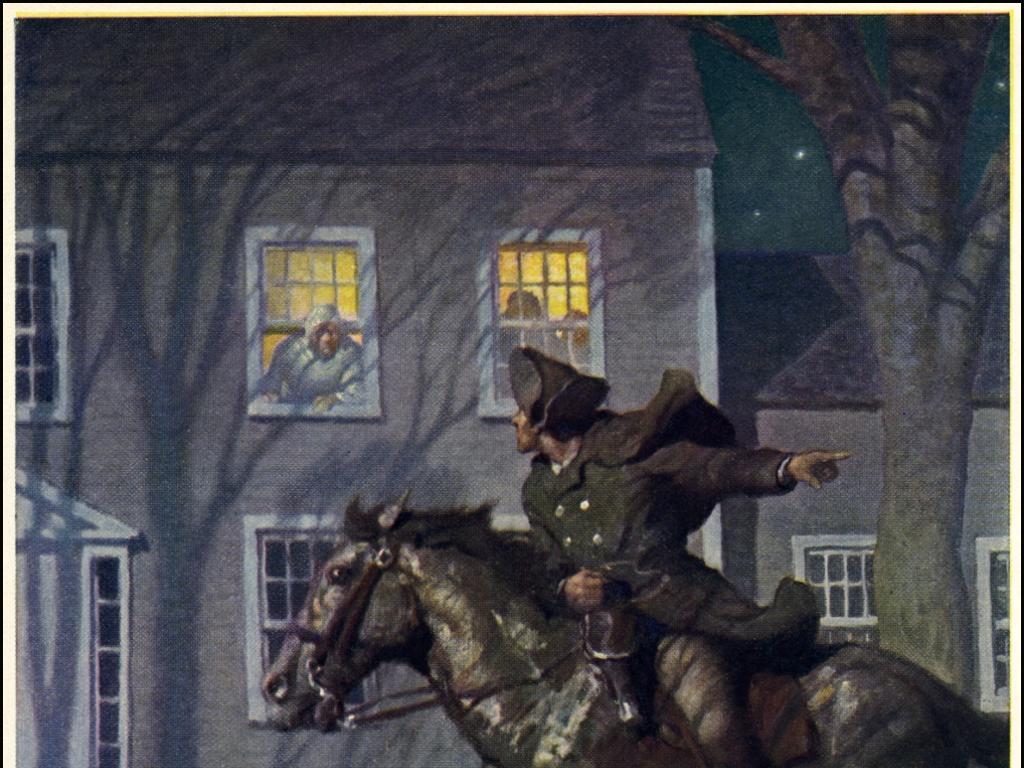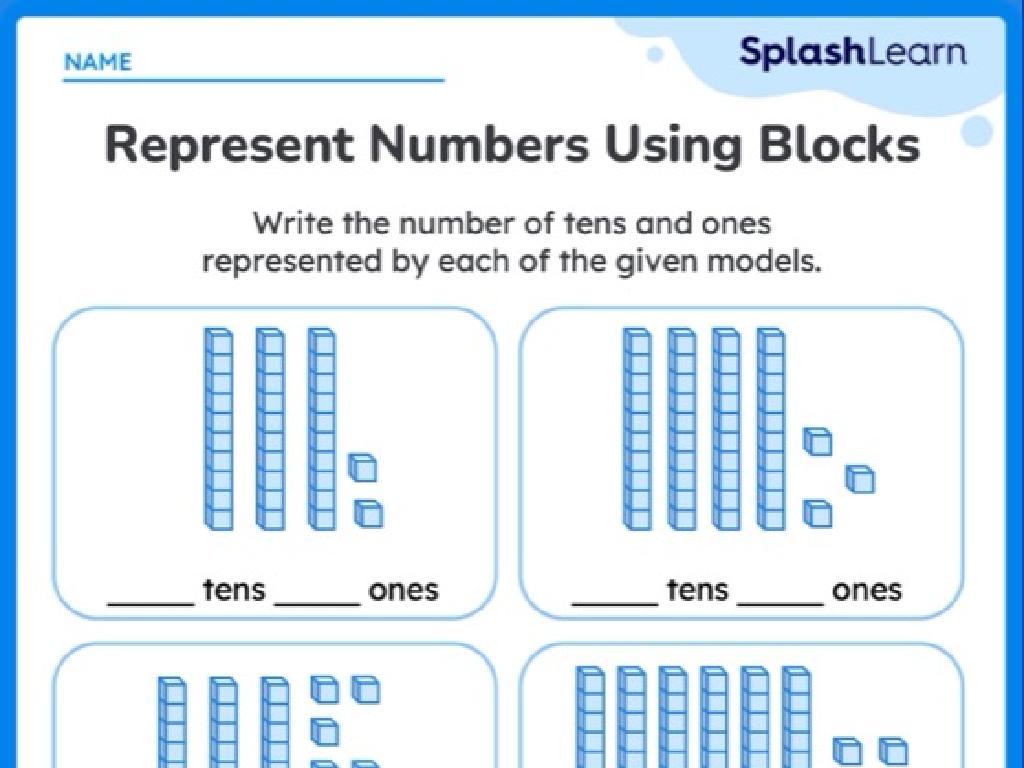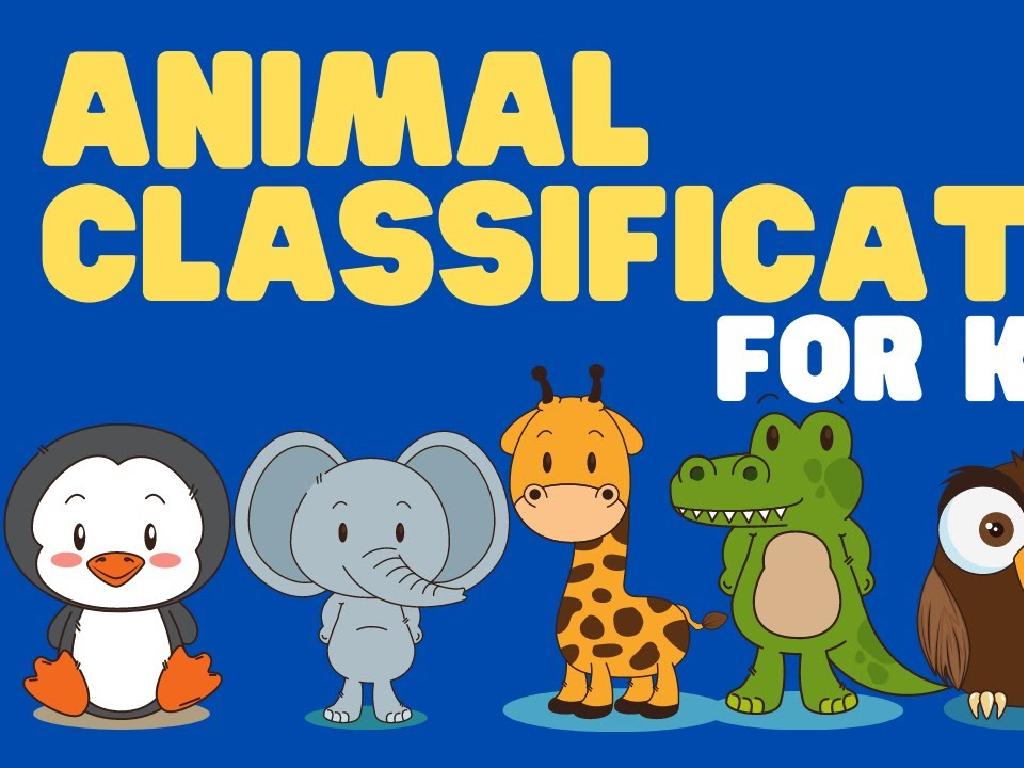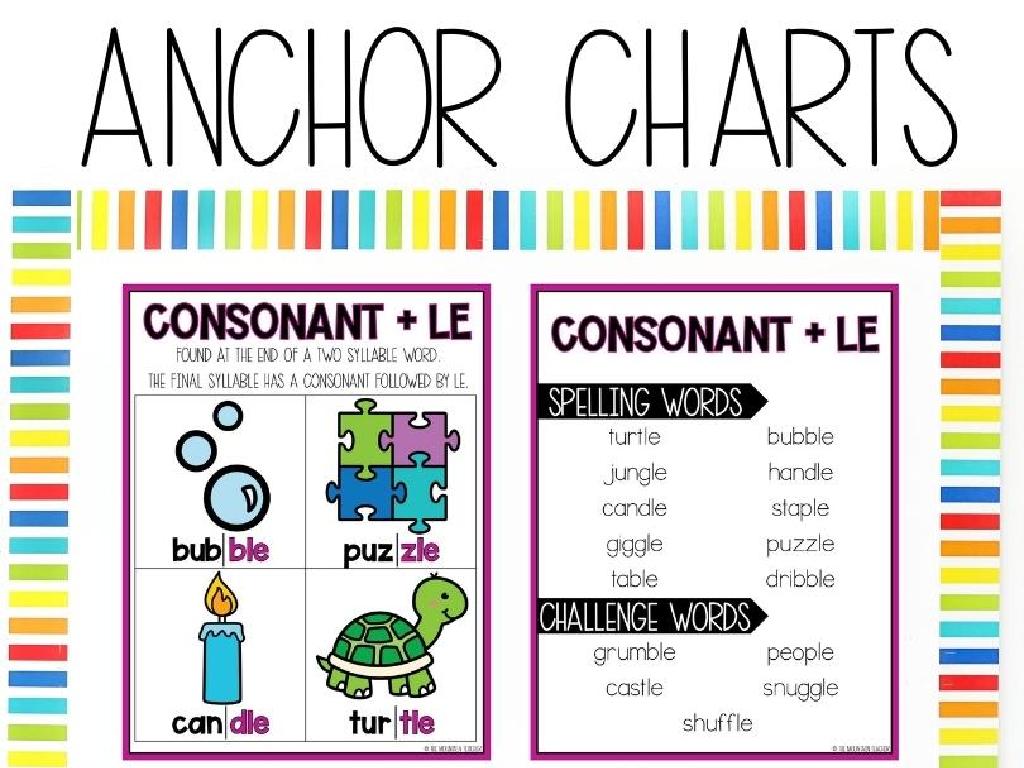Use Place Value To Compare Numbers Up To 100
Subject: Math
Grade: First grade
Topic: Comparing Up To 100
Summary: Introduce first graders to comparing numbers up to 100 by using place value concepts. Students learn to distinguish greater and smaller numbers through hands-on activities with blocks, number lines, and symbol practice. Engaging games and partner work help reinforce how tens and ones shape a number's value, making math fun and interactive while building foundational number comparison skills. Perfect for developing mathematical confidence and understanding.
Please LOG IN to download the presentation. Access is available to registered users only.
View More Content
Welcome to Comparing Numbers!
– Greetings First Graders!
– Learn to compare numbers up to 100
– We’ll look at numbers and decide which is greater
– Understand bigger and smaller
– Bigger numbers have more, smaller numbers have less
– Use place value in comparison
– Tens and ones tell us the value of a number
|
Today’s lesson introduces first graders to the concept of comparing numbers up to 100. Start by greeting the students warmly and explaining that they will learn how to determine which numbers are bigger or smaller. Emphasize the importance of understanding that bigger numbers represent a greater quantity and smaller numbers represent a lesser quantity. Introduce the concept of place value, explaining that the position of a digit in a number determines its value, and this helps us compare numbers effectively. Use examples like 45 is greater than 25 because 4 tens are more than 2 tens. Prepare interactive activities where students can practice comparing numbers using place value, such as number cards or a number line.
Understanding Place Value
– What is place value?
– It tells the value of each number
– Numbers have places
– Ones, tens, and sometimes hundreds
– Example with number 23
– 23 has 2 tens (20) and 3 ones (3)
– Place value in comparing
– Helps us see which number is bigger
|
This slide introduces the concept of place value, which is fundamental in understanding and comparing numbers. Explain that place value helps us determine the value of a digit based on its position. Use visual aids like blocks or drawings to show 2 tens and 3 ones to represent the number 23. Emphasize that the tens place is worth 10 times more than the ones place. This understanding is crucial when comparing numbers, as students will learn to look at the highest place value first to determine which number is larger. For example, in comparing 23 and 35, we see that both have 2 tens, but 35 has more ones, making it the larger number.
Comparing Numbers with Blocks
– Use blocks to learn numbers
– Compare: 10 blocks vs 15 blocks
– Is a tower of 10 blocks taller or shorter than 15?
– Counting together
– We’ll count each block in the towers
– Discover which is more
– We’ll see which tower has more blocks
|
This slide is designed to introduce first graders to the concept of comparing numbers using a tangible method like counting blocks. It’s a visual and interactive way to help them understand that numbers represent quantities and that these quantities can be compared. Start by explaining that blocks can represent numbers and that we can use them to see which number is bigger or smaller. Encourage the students to count aloud together as you compare two sets of blocks, one with 10 and the other with 15. This activity will help them grasp the concept of more and less. After counting, discuss the results with the class to confirm their understanding that 15 blocks represent a larger number than 10 blocks.
Using Symbols to Compare Numbers
– Symbols show number size
– Greater than (>) is bigger
– 8 > 5 means 8 is bigger than 5
– Less than (<) is smaller
– 3 < 7 means 3 is smaller than 7
– Equal to (=) is the same
– 4 = 4 means both are the same
|
This slide introduces first graders to the concept of comparing numbers using symbols. It’s crucial to explain that these symbols are like little arrows pointing to the smaller number. Use everyday examples like comparing the number of apples in two baskets or the height of two children to make it relatable. Encourage students to practice using these symbols by comparing things in the classroom or at home. During the next class, you can have an interactive activity where students hold up the correct symbol to compare two numbers you present.
Let’s Compare Numbers!
– Comparing 45 and 52
– Is 45 more or less than 52? Look at the tens and ones.
– Comparing 67 and 76
– Which is bigger, 67 or 76? Check the digits in each place.
– Understanding place value
– Using place value to compare
– Place value helps us see which number is bigger or smaller.
|
This slide is designed to help first graders use their understanding of place value to compare two-digit numbers. Start by explaining that the first digit is the ‘tens’ place and the second digit is the ‘ones’ place. Then, guide students to compare the tens place first, as it represents a larger value. If the tens place is the same, then they should compare the ones place. Use visual aids like number blocks or charts to help them visualize the concept. Encourage students to practice with more examples and to explain their reasoning for each comparison. This activity will reinforce their comprehension of place value and its application in comparing numbers.
Practice Time: Comparing Numbers
– Start comparing with the tens place
– Then compare the ones place
– Work with a partner
– Share your blocks and see who has more
– Use blocks for easy comparison
– Blocks represent tens and ones
|
This slide is designed for an interactive class activity where students practice comparing two-digit numbers using place value. Encourage the students to first look at the tens place to determine which number is larger or smaller. If the tens place is the same, then they should compare the ones place. Pair the students up and provide them with blocks or other manipulatives to represent tens and ones, which will help them visualize the comparison. As a teacher, walk around the classroom to assist pairs as needed. Possible activities include: having students pick random numbers to compare, challenging them to build the largest or smallest number possible with their blocks, or playing a game where they draw numbers and compare with their partner to see who has the larger number.
Class Activity: Number Line Race
– Understand the number line
– Get a number and find your spot
– Race to the correct place
– Learn place value fun way
Helps grasp numbers up to 100 & their positions
|
This activity is designed to help first graders understand the concept of place value and the positioning of numbers up to 100. Each student will receive a number and must quickly find where it belongs on a large number line placed on the floor. The teacher should prepare a number line with clear markings and ensure there’s enough space for students to stand. It’s a fun and interactive way to reinforce the lesson on comparing numbers and understanding their value. Possible variations of the activity could include calling out numbers in random order, having students explain why they chose their spot, or pairing students to help each other find the correct place on the number line.





